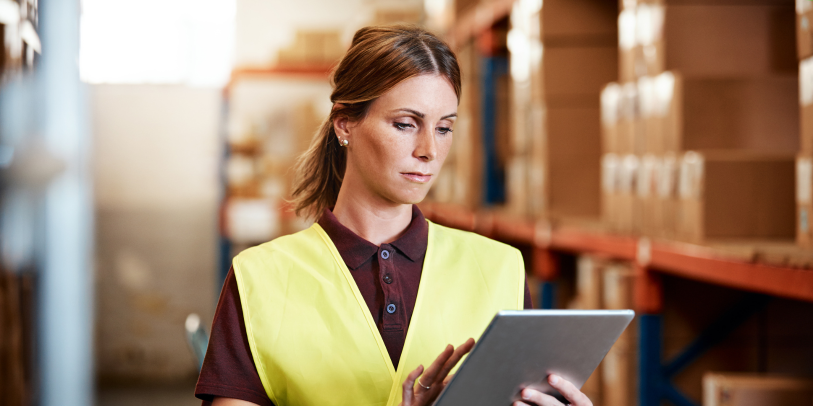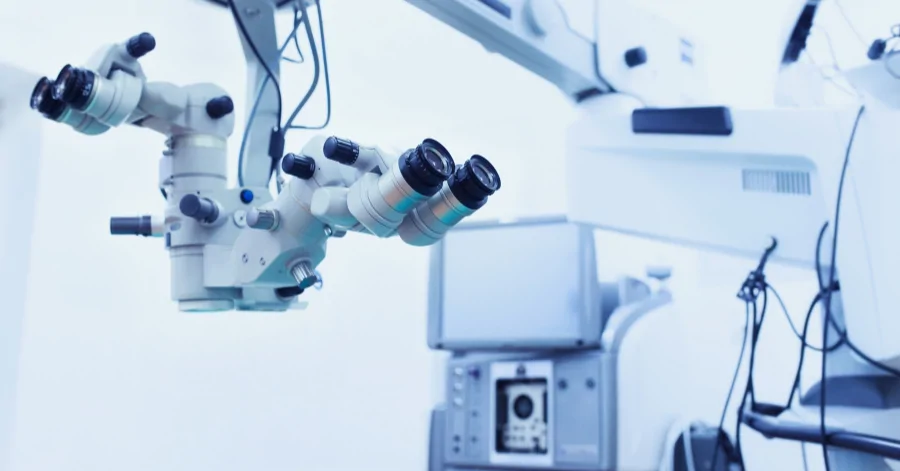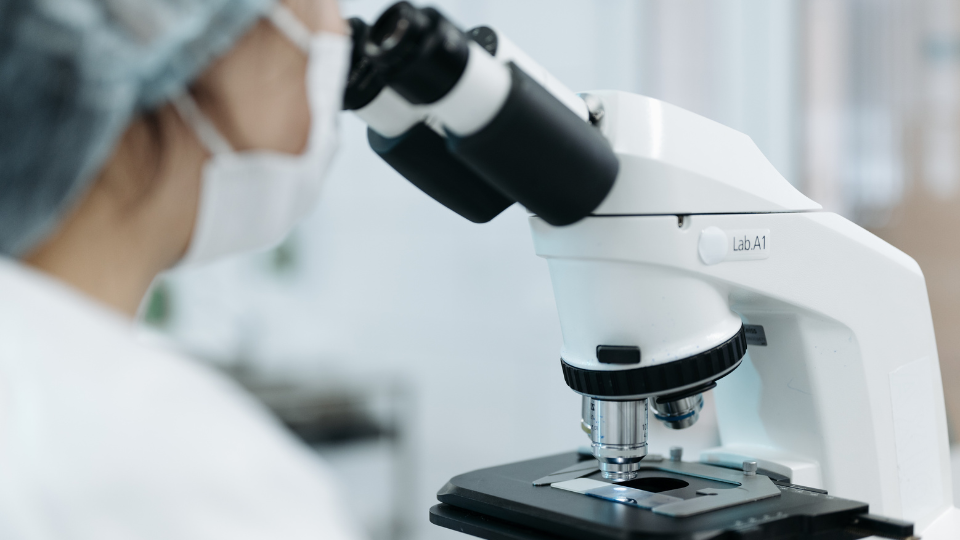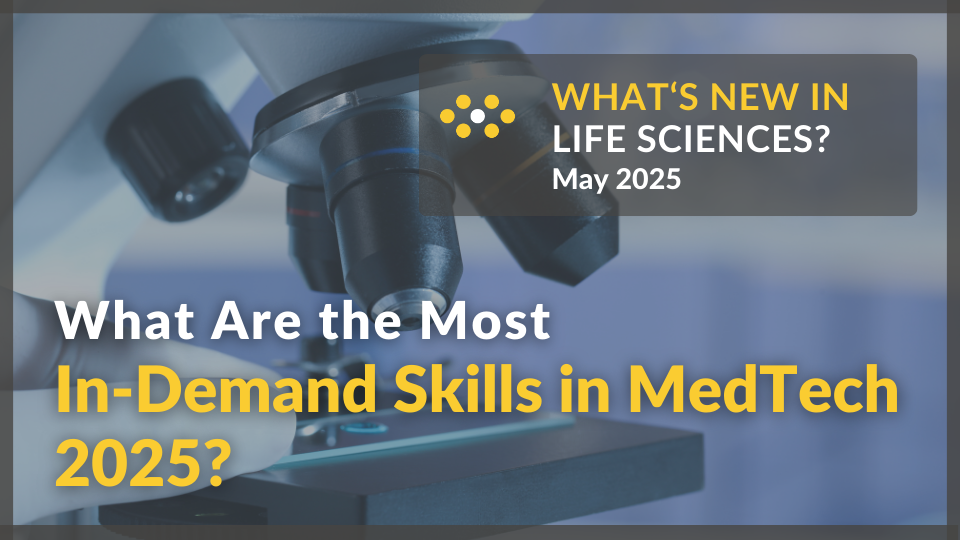With 2024 just around the corner you can already start thinking about new healthy habits, like going to the gym, but you can also think about how to improve your company within the perishable food supply chain industry.
The food industry has some big challenges to overcome in our modern society, such as water shortage, globalised trade, and inflation. Therefore, the food supply chain is a crucial step for businesses to maintain the quality of the products and the overall health of the company. If you must throw away food because of the shortcomings within your food supply chain, you will make some big losses.
Fortunately, there are also some new and exciting technology trends for the perishable food supply chains arising, which will change the industry next year and beyond. By introducing these trends in your company, you will increase performance, reduce food waste, and make a bigger profit. From enhanced traceability to sustainable farming practices, let's explore the key innovations that will shape the future of food supply chains.
Before we dive into these new technologies you might ask yourself why you should invest in technology trends for the food supply chain industry. Well, as mentioned above, shortcomings will cause financial losses for your company. But that’s not the only reason you should invest in new technologies. By implementing these new technologies, you will reduce food waste, which is a global problem for us all. Technology can also improve the quality of your food products, such as detecting damage and temperature changes. Finally, by helping reducing food waste and improving quality of your products, you will improve customer satisfaction, which leads to a good reputation for your company and financial opportunities. So, what do you need to do to progress your business?
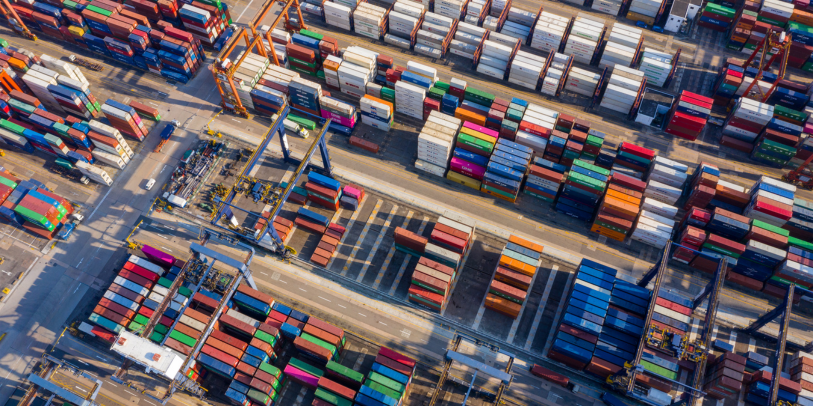
Blockchain
Customers seek transparency when it comes to their food consumption and therefore companies should invest in technologies that improve food safety and transparency. Especially now where chemicals and pesticides have taken their place within the food industry, people want to know what they eat and how the product impacts the environment. Or in other words, what happens between farm to fork?
New blockchain technologies allow customers to have access to end-to-end traceability and hard proof of quality. Another advantage of blockchain technology is that clients can track the origin of the food product and track the ingredients, which proves that your business has a fair and sustainable food chain supply. In 2024 blockchain can make the decision, whether someone will go for your product or from another company that is more transparent about their products.
What’s in it for your business? As a business leader you do not only want to make the client happy, but you also want to earn something out of your technology investment. With better blockchain technology you can speed up your production, reduces costs and increase the workflow and efficiency.
An example of the importance of blockchain is the 2008 Chinese melamine scandal in baby food, which infected 300.000 babies. To restore the faith of parents, Nestle invested in a block chain strategy, which allows customers to scan a tracking chip that is incorporated in the package. Parents can now track what is in their products and how the product is made, being ensured that there is no melamine in the food.
Internet of Things (IoT)
Food safety and quality have never been more important to customers than now and that’s why businesses are investing more in IoT. It is estimated that IoT will reach $8.43 billion in the food and beverage industry by 2025. There is no doubt that IoT is becoming essential for an effective food supply chain, giving retailers, shippers, farmers and other people within the chain the opportunity to enhance their performance. Nevertheless, the industry needs IoT to adapt itself because of the changing climate. With new diseases, water shortages and other natural phenomenon, farmers and industrials are looking for a way to safe their crops and increase the harvest. With this data the food industry can change their strategy or invest in certain technologies to improve the quality of the food and them lasting longer.
You can optimise your production by placing sensors in the fields so that they can capture various data, such as temperature, humidity, light intensity, soil pH and soil moisture. Cameras are also a promising investment because they record visible and non-visible wave lengths. The images from the recordings can then be used for further analysis and optimalisation. Businesses can grow and work more efficiently, by implementing remote process automation and enhanced workflow objectives.
Another example of IoT is RFID (Radio Frequency Identification) tags and GPS systems, which allows businesses to monitor the distribution chain in every stage. A big advantage with this technology is that companies can analyse customer preferences, resulting in reducing wasteful expenditure and better replying to market requirements.
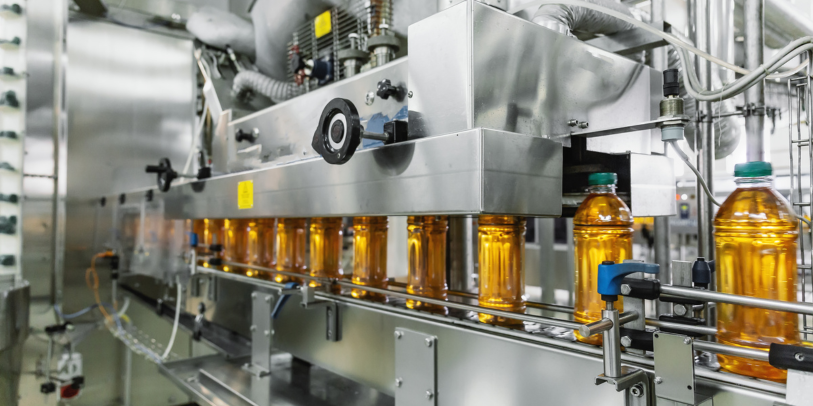
Artificial Intelligence (AI) for Predictive Analytics
Predictive analytics will play an important next year since our globalised food industry is trying to make the food chain as efficient as possible. AI collects data through various applications, which can be used to predict risks, opportunities, and outcomes.
Just as any other branches, business change their products according to customers preferences by using AI. Specifically for the food and beverage industry that means developing new products aligning with customers references or withdrawing products that are less popular. If your company would develop a new flavour for example, you can already use AI to predict if a customer would like the product, if not you can change the formula, reducing financial risks.
AI does not only predict customers preferences, but also when equipment will fail. This technology gives companies the chance to conduct the maintenance their machines better and more efficient. Predictive maintenance is a key factor in efficiency, reducing the risk of losing.
Robotics and Automation for Efficient Operations
In 2024, robotics emerges as a game-changer for perishable food supply chains, automating repetitive tasks like packing, storing, sorting, and processing. Projections suggest that by 2026, the industrial automation industry will hit $297 billion, with the food and beverage industry accounting for 11%. A survey indicates that 94% of food packaging operations are already leveraging robotics.
Beyond cost reduction, robotics offers heightened traceability, ensuring transparency and quality control. Workplace safety sees improvement as hazardous tasks are delegated to robots. Achieving standardized quality control becomes feasible through robotic precision, ensuring consistent product quality.
However, the challenge lies in striking a balance between robotic and human labour. This delicate equilibrium not only influences operational efficiency but also addresses ethical considerations. Companies navigating this balance effectively are poised to redefine benchmarks for efficiency, safety, and quality in perishable food supply chains, ensuring a promising future in an automated landscape.

Sustainable Farming Practices
In the face of environmental challenges, sustainable farming practices take center stage in reshaping the perishable food supply chain. These practices not only address ecological concerns but also bolster the overall resilience of the industry. Key elements include:
• Precision Agriculture: Utilizing technologies like drones and sensors, precision agriculture optimizes farming practices by monitoring crop health, irrigation, and fertilization with precision, enhancing efficiency, and minimizing environmental impact.
• Vertical Farming: Gaining momentum as a solution to land limitations, vertical farming reduces land use, minimizes water consumption, and allows for year-round production by stacking crops vertically in controlled indoor environments.
• Agroecology: Emphasizing ecological processes, agroecology promotes biodiversity, natural pest control, and sustainable soil management. Adopting agroecological principles enhances the long-term viability of food supply chains while minimizing the use of harmful chemicals.
• Circular Agriculture: Creating a closed-loop system, circular agriculture recycles organic matter, optimizes water usage, and reduces reliance on external inputs. Embracing circular agriculture contributes to both environmental sustainability and economic efficiency.
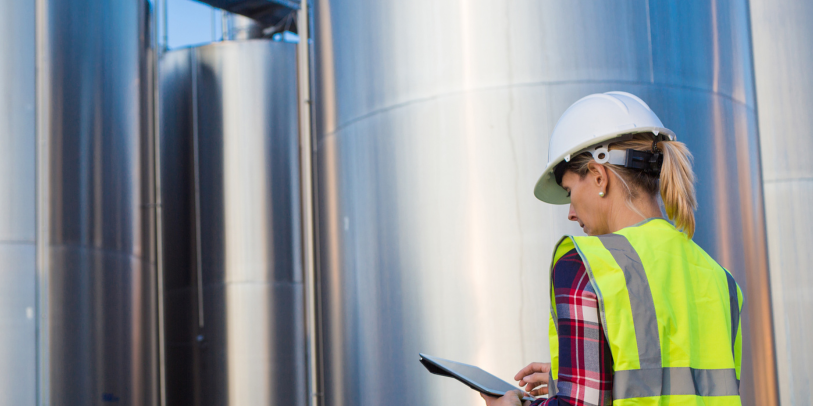
Partnering for Success - with Amoria Bond
In the fast-paced world of perishable food supply chains, having the right team is key. At Amoria Bond, we understand the nuances of the food and beverage industry and offer recruitment solutions tailored to your needs.
As the industry evolves with new technologies, Amoria Bond is here to connect you with top talent experienced in implementing blockchain, IoT, AI and robotics.
Reach out to my team and I today: Let's discuss how we can customise our services to help your business succeed.
Sources:
https://www.mytechmag.com/iot-in-food-beverages-2022-transforming-fb-industry-operations-with-iot/



